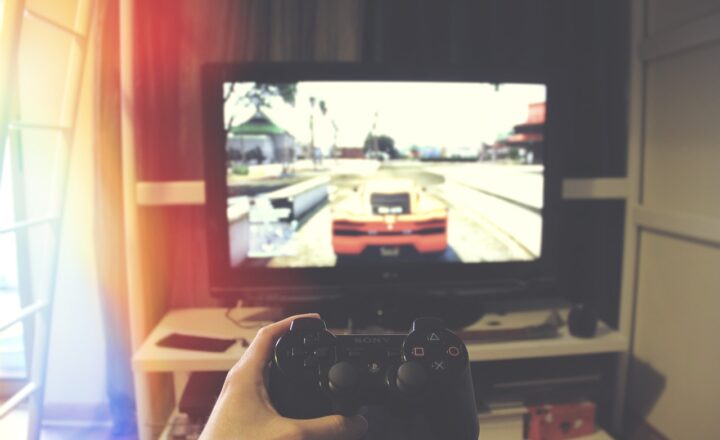Social Media Dilemmas: Balancing Reality and Virtual Life
November 18, 2024

In the modern world, social media has become an inseparable part of our daily lives. From Facebook and Instagram to Twitter and TikTok, people are constantly engaged in sharing their experiences, thoughts, and feelings with a virtual audience. However, while these platforms have opened new avenues for connection and expression, they have also given rise to a myriad of dilemmas. The challenge lies in navigating the fine line between our real lives and the virtual personas we create. In this article, we will explore the complexities of social media and provide insights on how to strike a healthy balance.
1. The Allure of the Perfect Persona
Social media often presents a distorted reflection of reality. Many users curate their profiles by showcasing only the most attractive aspects of their lives—exotic vacations, luxurious dinners, and milestones met. This curated exposure can create a sense of inadequacy among others, leading to feelings of envy or low self-esteem. The pressure to maintain this facade can drive users to prioritize their online lives over their authentic selves.
How we present ourselves on social media matters. Studies reveal that this selective sharing can amplify social comparisons, where individuals measure their self-worth against the polished highlights of their peers. This phenomenon is known as the “highlight reel syndrome,” where the ordinary aspects of life are overshadowed by extraordinary representations of others’ experiences.
2. The Impact of Social Media on Mental Health
The emotional toll that social media can take is significant. Research links excessive social media use to anxiety, depression, and feelings of isolation. The constant need for validation—through likes, comments, and shares—further complicates this dynamic.
Moreover, social media can create a feedback loop where users feel compelled to stay connected, even when it impedes their well-being. Users may find themselves mindlessly scrolling through their feeds, contributing to feelings of loneliness instead of fostering genuine connections.
To mitigate these effects, it is crucial to be mindful of the time spent on social media. Setting limits on usage and engaging in digital detoxes can prove beneficial in reclaiming balance and ensuring that real-life interactions take precedence.
3. Real-life vs. Virtual Relationships
With the advent of social media, the nature of relationships has evolved. While online platforms enable users to connect with people across the globe, they can also dilute the quality of our relationships. A study conducted by the Pew Research Center found that people who frequently use social media often report feeling more disconnected from their close friends and family.
Relationship experts suggest that while social media can enrich our lives by allowing us to meet new people, it is essential not to neglect face-to-face interactions. Real-life connections foster deeper emotional bonds and provide support systems that virtual interactions often lack. Consider planning social gatherings, phone calls, or handwritten letters to maintain your relationships in a tangible way.
4. The Social Media Work-Life Balance
For many, social media is not just a personal space but also a professional one. The rise of platforms like LinkedIn has blurred the lines between work and personal life. While social media can be a powerful tool for networking and showcasing professional achievements, it can also lead to burnout and work-life imbalance.
To achieve balance, consider keeping your professional and personal profiles separate. Determine specific times when you will engage in professional networking, and avoid mixing personal content into your business profiles. Developing boundaries around your online presence is essential to ensure that social media serves as a tool for empowerment, rather than a source of stress.
5. Practicing Mindfulness on Social Media
Mindfulness, the practice of being present and fully engaging with the moment, can serve as a powerful antidote to the pressures of social media. Consider the following practices to promote a healthier relationship with your online experience:
- Curate Your Feed: Follow accounts that inspire and uplift you. Unfollow accounts that induce stress or negative feelings. Your social media space should be a reflection of positivity and support, fostering well-being rather than insecurity.
- Engage Authentically: Respond to posts and comments in ways that promote genuine interaction, rather than merely liking or scrolling past. Move beyond the surface and engage in deeper conversations that enrich your connections.
- Practice Digital Detox: Take scheduled breaks from social media to reconnect with reality. Engage in hobbies, spend time in nature, or connect with loved ones without the distraction of digital devices.
By consciously adjusting your social media habits, you can create a healthier, more balanced online experience that complements your real life.
Conclusion
Social media is a double-edged sword that can connect us to an expansive world of relationships, opportunities, and information, but it can also pose challenges that affect our mental health and well-being. Finding balance between our real lives and our virtual existence is crucial for maintaining a healthy lifestyle. By cultivating mindfulness, setting boundaries, and prioritizing real-life interactions, we can harness the positives of social media while mitigating its potential downsides. Embrace the beauty of your authentic self and relationships, and enjoy the rewarding connections that come with a well-balanced life.
Ultimately, it’s up to each individual to navigate these dilemmas, recognize the impact that social media has on their life, and strive to make conscious choices that enhance their reality, rather than distract from it.






